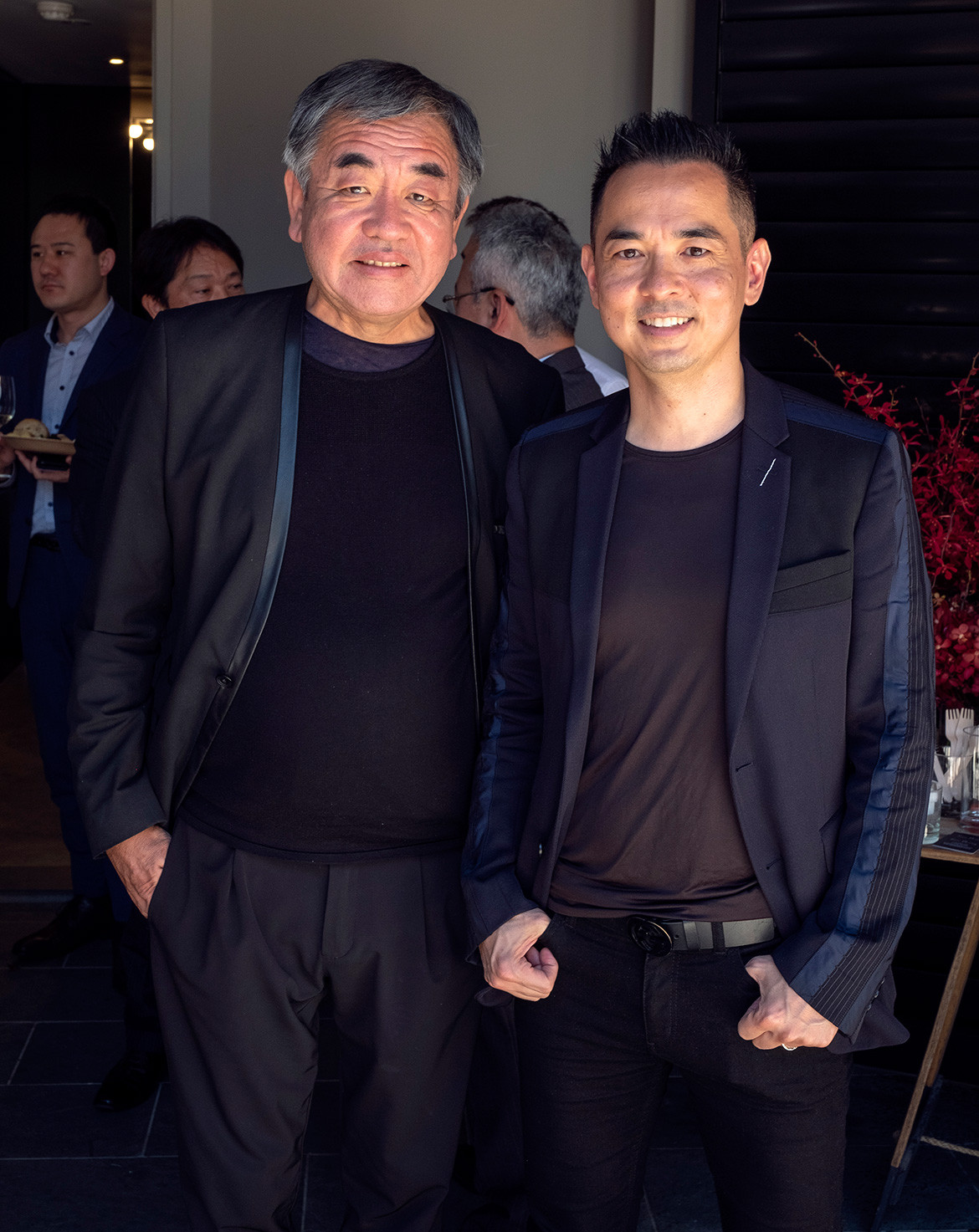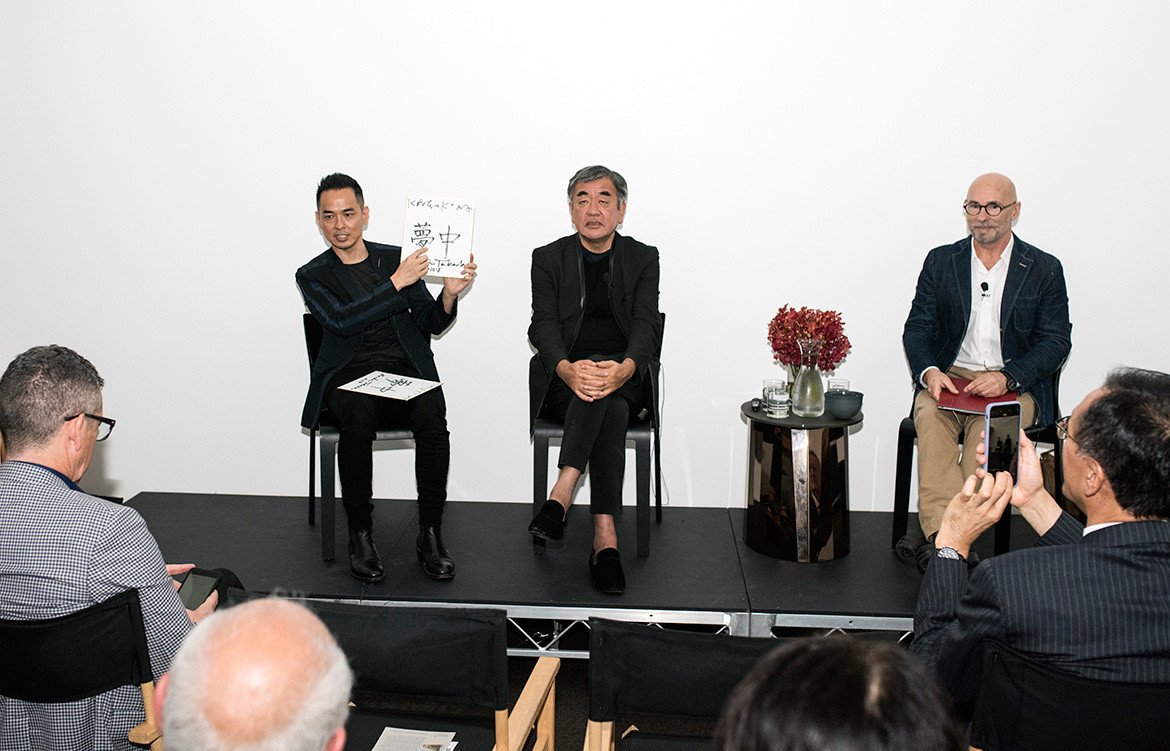According to Japanese-born, Sydney-based architect Koichi Takada “naturalising architecture” is part of his role as an architect: “I feel responsibility towards reversing the cycle of civilisation and bringing nature back into architecture – we need to create breathing space.”
At ‘In Conversation’, an event run as part of the SCCI Architecture Hub in October, Koichi came together with internationally-renowned Japanese architect Kengo Kuma to discuss their approaches to naturalising architecture. Exploring a series of their own projects, as well as the first collaboration between their firms in the form of The Mastery – a mixed-use, multi-residential development in Waterloo – they unpacked the process of integrating nature in their work. Ultimately, the conversation gave an insight into their shared values and the intersections of their careers – Koichi first met Kengo when he was studying in London and Kengo visited as one of nine young, promising architects from Japan.
The concept of naturalising architecture is interpreted and realised in a variety of ways across both Kengo and Koichi’s designs. Kengo Kuma is celebrated for his intricate, carefully crafted buildings which often employ natural materials and traditional Japanese craftsmanship. His buildings frequently bear reference to traditional Japanese archetypes such as the torii (a traditional Japanese gate which commonly bridges the gap between nature and the city, or the mundane and the sacred) or engawa (the in-between space found in Japanese buildings which is neither interior, nor exterior).

Koichi Takada credits ‘Kuma-san’ with paving the way for architects, such as himself, to use natural materials and embed nature in their process. Kengo recalls that university, for him, was a place where they encouraged predominantly the use of concrete and steel. Koichi remembers a similar trajectory for himself, albeit many years later: “I studied Tadao Ando a lot before looking to Kuma-san. Ando was a national hero – he rediscovered the potentials of concrete – but Kuma was a new generation. He brought back these natural and traditional elements – multiple, fragile, ephemeral elements – that, in combination, were strong. People started to resist concrete, seeing it instead as being too cold and institutional. That is where I came in.”
In Sydney, Koichi’s firm is working on a number of new developments. There is Arc in the CBD and Infinity in Green Square (both Crown Group projects), and, of course, The Mastery – the result of a partnership between Kengo, Koichi and architect Silvester Fuller. In The Mastery, which comprises 374 luxury apartments across five buildings, they wanted to avoid a complex that acts as a city within a city: “One approach is to celebrate diversity in mixed-use. We decided to focus on one culture and celebrate it in more depth. We chose Japanese – there are Chinatowns all over the world but there are not many Japan-towns. We tried to create a neighbourhood. We looked at the importance of the building design as well as the in-between spaces, like streetscapes. We looked at the cultural theme, the different prefectures or cultural artefacts that can contribute to this area and create a cultural focus. Architecturally-speaking it’s about bringing warmth back into the area – in materials and landscape. Equally, it’s about opening calming spaces where people can meditate and get a sense of calm and quiet.”
The dedication of both architects to naturalising architecture is clear, as is their respect for each other. The unique relationship between Koichi and Kengo is summed up, half-jokingly, by Koichi who draws a comparison between them and professional tennis’ newest rivals Japanese-American Naomi Osaka and Serena Williams: “Naomi learns from Serena, but she also takes it to the next level, our contemporary, fast-paced lifestyle can be adapted and made into a strength. I think we are finding our own language after learning from masters”.
Sherman Centre for Culture and Ideas
scci.org.au
Kochia Takada Architects
koichitakada.com
Kengo Kuma & Associates
kkaa.co.jp
Photography by Daniel Asher Smith

We think you might also this profile on Tadao Ando

